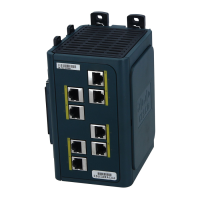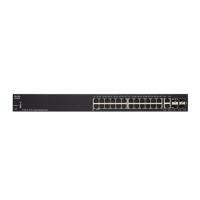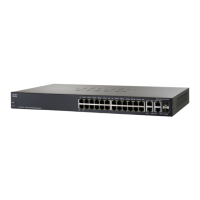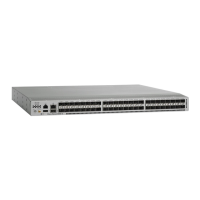Contents
xii
Cisco ME 3800X and 3600X Switch Software Configuration Guide
OL-23400-01
Spanning Tree and Redundant Connectivity 13-7
Spanning-Tree Address Management 13-8
Accelerated Aging to Retain Connectivity 13-8
Spanning-Tree Modes and Protocols 13-9
Supported Spanning-Tree Instances 13-9
Spanning-Tree Interoperability and Backward Compatibility 13-10
STP and IEEE 802.1Q Trunks 13-10
Configuring Spanning-Tree Features 13-10
Default Spanning-Tree Configuration 13-11
Spanning-Tree Configuration Guidelines 13-11
Changing the Spanning-Tree Mode. 13-12
Disabling Spanning Tree 13-13
Configuring the Root Switch 13-14
Configuring a Secondary Root Switch 13-15
Configuring Port Priority 13-16
Configuring Path Cost 13-18
Configuring the Switch Priority of a VLAN 13-19
Configuring Spanning-Tree Timers 13-20
Configuring the Hello Time 13-20
Configuring the Forwarding-Delay Time for a VLAN 13-21
Configuring the Maximum-Aging Time for a VLAN 13-21
Displaying the Spanning-Tree Status 13-22
CHAPTER
14 Configuring MSTP 14-1
Understanding MSTP 14-2
Multiple Spanning-Tree Regions 14-2
IST, CIST, and CST 14-2
Operations Within an MST Region 14-3
Operations Between MST Regions 14-3
IEEE 802.1s Terminology 14-5
Hop Count 14-5
Boundary Ports 14-6
IEEE 802.1s Implementation 14-6
Port Role Naming Change 14-6
Interoperation Between Legacy and Standard Switches 14-7
Detecting Unidirectional Link Failure 14-7
Interoperability with IEEE 802.1D STP 14-8
Understanding RSTP 14-8
Port Roles and the Active Topology 14-9
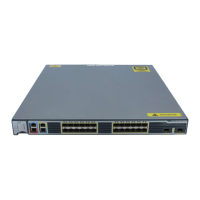
